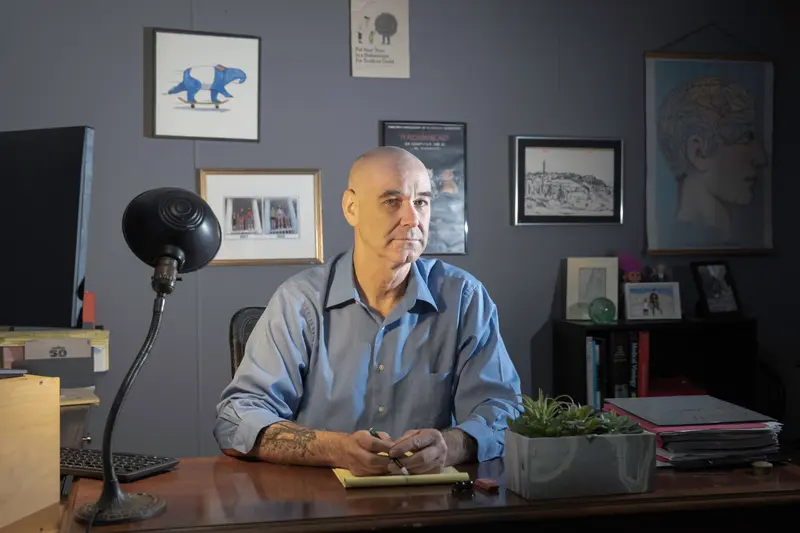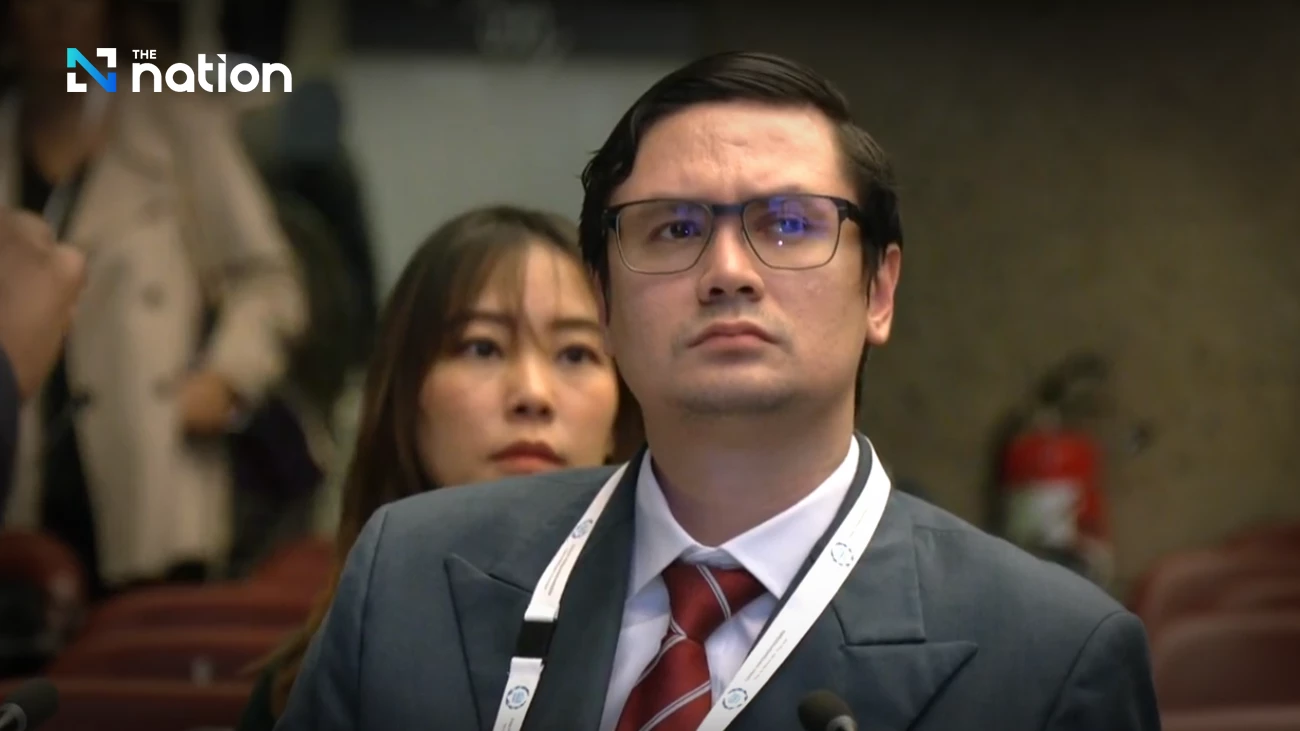A Doctor Challenged the Opinion of a Powerful Child Abuse Specialist. Then He Lost His Job. – ProPublica

Report on Child Abuse Pediatrics and Challenges in Diagnosing Abusive Head Trauma
Introduction
This report examines the complexities and controversies surrounding the specialty of child abuse pediatrics, with a focus on the diagnosis of abusive head trauma (AHT) and its implications for families and healthcare professionals. The analysis highlights key Sustainable Development Goals (SDGs), including SDG 3 (Good Health and Well-being), SDG 16 (Peace, Justice and Strong Institutions), and SDG 10 (Reduced Inequalities), emphasizing the importance of ethical medical practices, child protection, and justice.
Background and Case Overview
- Case of Hank: In early 2022, Dr. Bazak Sharon, a pediatrician at the University of Minnesota, became involved in the care of a 3-month-old infant, Hank, who presented with unexplained brain bleeding. Dr. Nancy Harper, director of the child abuse team at University of Minnesota Masonic Children’s Hospital, diagnosed Hank with abusive head trauma, a conclusion contested by Dr. Sharon.
- Disagreement and Professional Conflict: Dr. Sharon expressed concerns about the scientific basis of AHT diagnoses and the impact of separating children from their families without conclusive evidence. His dissent led to his removal from the care team and eventual resignation, raising questions about professional freedom and patient advocacy.
Child Abuse Pediatrics Specialty and Its Challenges
- Emergence of the Specialty: Child abuse pediatrics was recognized as a subspecialty in 2006, focusing on diagnosing and documenting child abuse to protect vulnerable children (SDG 3).
- Controversies in Diagnoses: The diagnosis of shaken baby syndrome, now categorized under AHT, has faced increasing skepticism due to scientific and legal debates. Misdiagnoses can lead to wrongful family separations and legal actions, impacting SDG 16 by affecting justice and institutional trust.
- Influence and Authority: Experts like Dr. Harper hold significant influence in medical and legal systems, often shaping child protection outcomes, which underscores the need for transparency and accountability (SDG 16).
Impact on Families and Legal Proceedings
- Family Trauma: Families involved in disputed abuse cases, such as Hank’s and others, experienced prolonged separation, emotional distress, and financial burdens, highlighting the importance of safeguarding children’s rights and family integrity (SDG 3, SDG 10).
- Legal Challenges: Some court rulings have questioned the validity of AHT diagnoses, reflecting tensions between medical opinions and legal standards. This calls for strengthened institutions and fair legal processes (SDG 16).
- Case of María Alejandra Ramírez Rodríguez and Cristian Andrés Guzmán de la Ossa: This couple faced accusations based on medical diagnoses that were later challenged, resulting in a federal lawsuit alleging bad faith and lack of genuine medical investigation.
Professional and Institutional Responses
- Hospital and University Actions: The University of Minnesota and affiliated hospitals have acknowledged concerns and are reviewing practices related to child abuse diagnoses.
- Peer Review and Complaints: Physicians dissenting from dominant diagnostic views, such as Dr. Sharon, have faced peer reviews and complaints, raising issues about professional freedom and ethical medical practice (SDG 3, SDG 16).
- Calls for Transparency and Reform: The cases underscore the need for transparent protocols, multidisciplinary collaboration, and evidence-based approaches to child protection to uphold justice and well-being.
Implications for Sustainable Development Goals
- SDG 3 – Good Health and Well-being: Ensuring accurate diagnoses and appropriate medical care is critical to protecting children’s health and preventing harm from misdiagnosis or unnecessary separation from families.
- SDG 10 – Reduced Inequalities: Vulnerable families, including immigrants and marginalized communities, are disproportionately affected by child protection interventions, necessitating equitable and culturally sensitive approaches.
- SDG 16 – Peace, Justice and Strong Institutions: The integrity of child protection systems depends on fair, transparent, and accountable practices that respect human rights and uphold the rule of law.
Conclusions and Recommendations
- Enhance multidisciplinary collaboration among pediatricians, legal professionals, and social workers to ensure balanced and evidence-based child abuse assessments.
- Implement transparent review mechanisms for child abuse diagnoses to safeguard against potential biases and errors.
- Promote ongoing research and education to refine diagnostic criteria and improve understanding of conditions mimicking abuse.
- Support families through trauma-informed care and legal assistance to uphold their rights and well-being.
- Align child protection policies with SDGs to foster health, justice, and equity in vulnerable populations.
1. Sustainable Development Goals (SDGs) Addressed or Connected
- SDG 3: Good Health and Well-being
- The article discusses child health, medical care, and the diagnosis and treatment of child abuse, which directly relate to ensuring healthy lives and promoting well-being for all ages.
- SDG 16: Peace, Justice, and Strong Institutions
- The article highlights issues related to child protection services, legal proceedings, justice for families, and institutional accountability in child abuse cases.
- SDG 10: Reduced Inequalities
- The article touches on challenges faced by immigrant families and the potential for unjust treatment in child abuse investigations, reflecting inequalities in access to justice and healthcare.
2. Specific Targets Under Those SDGs Identified
- SDG 3: Good Health and Well-being
- Target 3.8: Achieve universal health coverage, including access to quality essential health-care services.
- Target 3.4: Reduce mortality from non-communicable diseases and promote mental health and well-being (implied through the focus on pediatric care and complex medical conditions).
- Target 3.7: Ensure access to sexual and reproductive health-care services (implied through child and maternal health contexts).
- SDG 16: Peace, Justice, and Strong Institutions
- Target 16.3: Promote the rule of law at the national and international levels and ensure equal access to justice for all.
- Target 16.6: Develop effective, accountable and transparent institutions at all levels.
- Target 16.7: Ensure responsive, inclusive, participatory and representative decision-making at all levels (implied through calls for transparency and accountability in child abuse investigations and hospital protocols).
- SDG 10: Reduced Inequalities
- Target 10.2: Empower and promote the social, economic and political inclusion of all, irrespective of age, sex, disability, race, ethnicity, origin, religion or economic or other status.
3. Indicators Mentioned or Implied to Measure Progress
- SDG 3 Indicators
- Proportion of children under 5 years of age whose births have been registered with a civil authority (implied through child protection and health documentation).
- Coverage of essential health services, including pediatric care and specialized medical consultations (implied by discussion of child abuse pediatricians and medical evaluations).
- Incidence and prevalence of child abuse cases confirmed through medical diagnosis (implied through statistics on child abuse cases and diagnoses).
- SDG 16 Indicators
- Number of reported cases of child abuse and outcomes of judicial processes (implied through court cases and legal proceedings described).
- Level of transparency and accountability in child protection institutions (implied by hospital reviews, complaints, and investigations).
- Access to legal representation and support for vulnerable families (implied through legal aid services mentioned).
- SDG 10 Indicators
- Proportion of people who feel discriminated against or unfairly treated in access to justice and healthcare (implied through immigrant families’ experiences).
- Access to social and legal services by marginalized groups (implied by the support provided to immigrant families and legal representation).
4. Table of SDGs, Targets, and Indicators
| SDGs | Targets | Indicators |
|---|---|---|
| SDG 3: Good Health and Well-being |
|
|
| SDG 16: Peace, Justice, and Strong Institutions |
|
|
| SDG 10: Reduced Inequalities |
|
|
Source: propublica.org

What is Your Reaction?
 Like
0
Like
0
 Dislike
0
Dislike
0
 Love
0
Love
0
 Funny
0
Funny
0
 Angry
0
Angry
0
 Sad
0
Sad
0
 Wow
0
Wow
0




































































![Global Initiative to Galvanize Political Commitment to International Humanitarian Law: Progress Report [EN/AR/RU/ZH/PT] – ReliefWeb](https://reliefweb.int/sites/default/files/styles/large/public/previews/c1/48/c1486e2c-a7dc-4181-8a9a-54ba05acb4d0.png?#)










